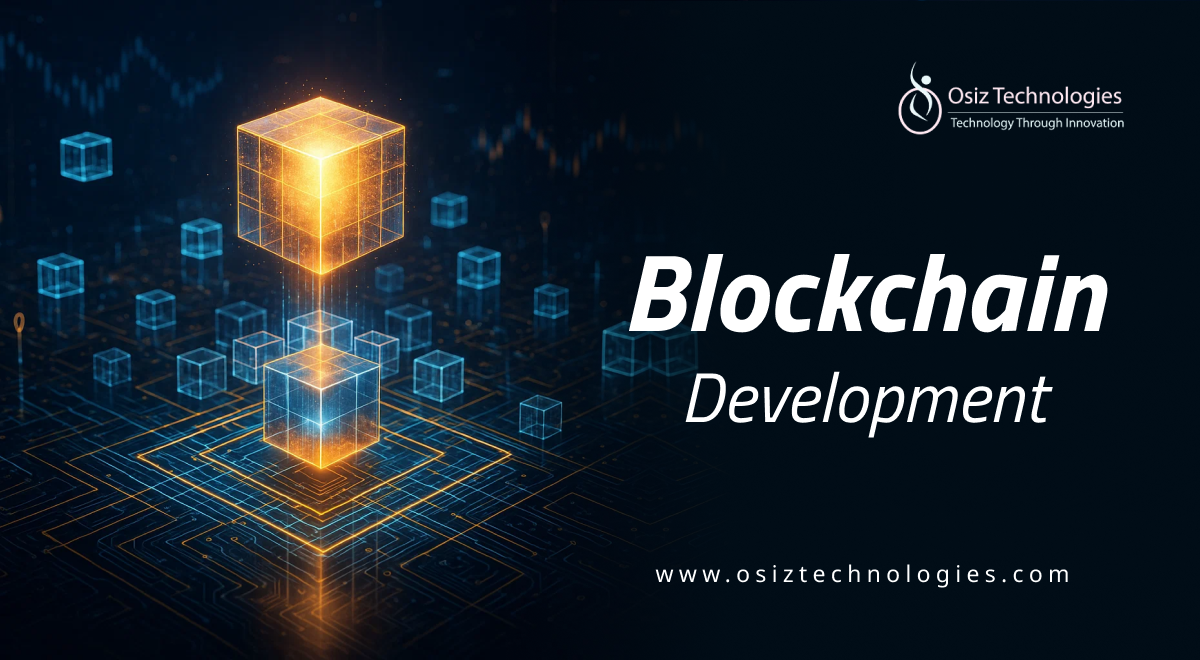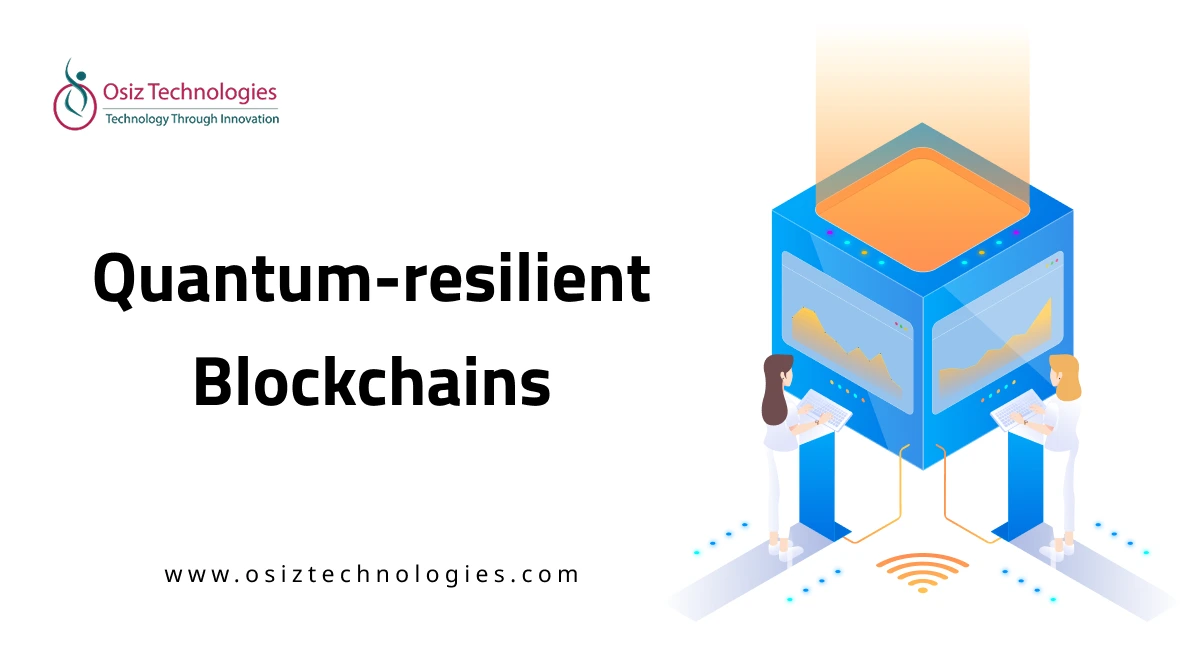The gaming industry has developed significantly in the last ten years, going past consoles and PCs into immersive digital experiences that involve millions of players worldwide. Today, with the growth of blockchain technology and NFTs, games are not just a place for entertainment, because they’re becoming platforms for digital ownership, creative expression, and new revenue opportunities. Developers and players are exploring creative ways to interact, trade, and monetize within the game assets, marking the beginning of a new phase in gaming.
Understanding NFT Games: A New Era of Digital Ownership
NFT games are rebuilding the way players interact with digital worlds by giving them true authority of in-game assets. Unlike regular games where items and characters are limited to a single platform, NFT-based games allow players to buy, sell, and trade assets freely across decentralized platforms.
This creation has been made possible using NFT Game Development, which integrate blockchain technology, smart contracts, and tokenized assets to create secure, open, and game oriented experiences.
The global NFT gaming market was worth about $4.91 billion in 2024 and is expected to grow to around $6.14 billion in 2025. Experts predict it will keep expanding quickly, growing nearly 30% each year from 2025 to 2035.
Primary Revenue Stages in NFT Game Development
NFT games generate revenue through carefully structured stages, from P2E integration to tokenomics and marketplace strategies.
Stage 1: Concept & P2E Integration
At the starting stage, developers design the game concept and integrate Play‑to‑Earn (P2E) mechanics. This confirms that players can earn rewards, cryptocurrency, or NFT assets as they progress, creating the foundation for player-focused revenue.
Stage 2: NFT Asset Creation & Marketplace Setup
Have unique in-game items, characters, and collectibles are tokenized as NFTs. These assets are made tradeble on a safe NFT marketplace, allowing players to buy, sell, or trade, which creates ongoing revenue for developers.
Stage 3: Tokenomics & Economy Design
Developers create a balanced tokenomics framework, designing within the game currencies and rewards that sustain involvement and maintain asset value over time.
Stage 4: Monetization Strategies & Subscriptions
At this stage, additional revenue streams like premium memberships, exclusive access passes, or within the game bonuses are introduced, providing steady income and improving player maintenance.
Stage 5: Scaling & Sponsorship Opportunities
Once the game gains attraction, developers can infuse branded content, sponsorships, and advertising, creating further revenue streams while keeping gameplay immersive.
In-Game Economies: How Players Drive Profit
Well-designed in-game economies encourage players to earn, trade, and invest, focusing both engagement and revenue growth.
Creating a Player-Centric Economy
Successful NFT games start by designing a robust In‑game economy that rewards player actions and improve involvement. By providing players a meaningful ways to earn, trade, and use assets, and the game motivating regular participation.
Asset Scarcity & Value Management
Developers introduce a limited amount of rare items or characters, creating demand and natural value. Limited availability helps to maintain a healthy economy and motivate players to invest in the game.
Trading & Marketplaces
Players can buy, sell, or trade assets using secure platforms, which boost the flow of value and generate revenue for both developers and active participants.
Reward Systems & Incentives
Daily missions, challenges, and competitions provide players with real rewards that can be monetized or reinvested in the game, supporting engagement while supporting the game’s economy.
Continuous Balancing & Updates
To keep the In‑game economy sustainable, developers monitor activity, adjust rewards, and introduce new assets or events. This assures long-term profitability and keeps players invested in the environment.
Utilizing NFTs for Long-Term Engagement and Revenue
NFTs provide a unique opportunity for developers to build long relationships with players while creating easy revenue streams. By offering rare, tradable, and customizable digital assets, games can encourage ongoing participation and improve player loyalty.
Associating with a skilled NFT Development Company guarantees that these assets are designed securely, smoothly integrated into the game, and adjustable with marketplaces. This approach not only increases game transactions but also supports a foundation for future growth, collaborations, and innovative monetization strategies.
Future Trends: Innovative Monetization Strategies in NFT Gaming
Upcoming trends in NFT gaming are rebuilding how developers generate revenue, engage players, and create long-term value.
Integration of Cross-Platform Play
Games are changing to allow assets and progress to move across platforms, creating huge involvement and encouraging player investment.
Advanced Play-to-Earn Models
Next-gen P2E methods offer different earning opportunities like staking, renting, collaborative gameplay, and Making the game’s economy stronger.
NFT Renting and Leasing
Players can rent or lease their NFTs to others, generating automatic income while increasing asset essence and in-game flow.
Personalized NFT Assets & Experiences
Customizable and player-focused NFTs improve emotional investment, involvement, and long-term sustaining.
Monetization of User-Generated Content (UGC)
Players can create and sell in-game content as NFTs, opening new revenue streams and supporting a creative community.
Hybrid Monetization Strategies
Combining micro transactions, subscriptions, and NFT trading allows developers to expand revenue while maintaining a fair player experience.
Collaboration with Leading Game Development Firms
Associating with a professional Game Development Company guarantees creative monetization is implemented efficiently, securely, and aligns with player expectations.
Conclusion
NFTs are changing the gaming industry, creating new opportunities for involvement, ownership, and monetization. Companies like Osiz are leading the way in NFT Game Development, helping developers to design secure, scalable, and creative games that integrate robust economies and long-term revenue strategies. With the growing popularity of Blockchain gaming continues to grow, the potential for player-focused markets, unique asset ownership, and creative monetization models will only grow, building the future of interactive entertainment.
Listen To The Article
Recent Blogs

Black Friday 30%
Offer












